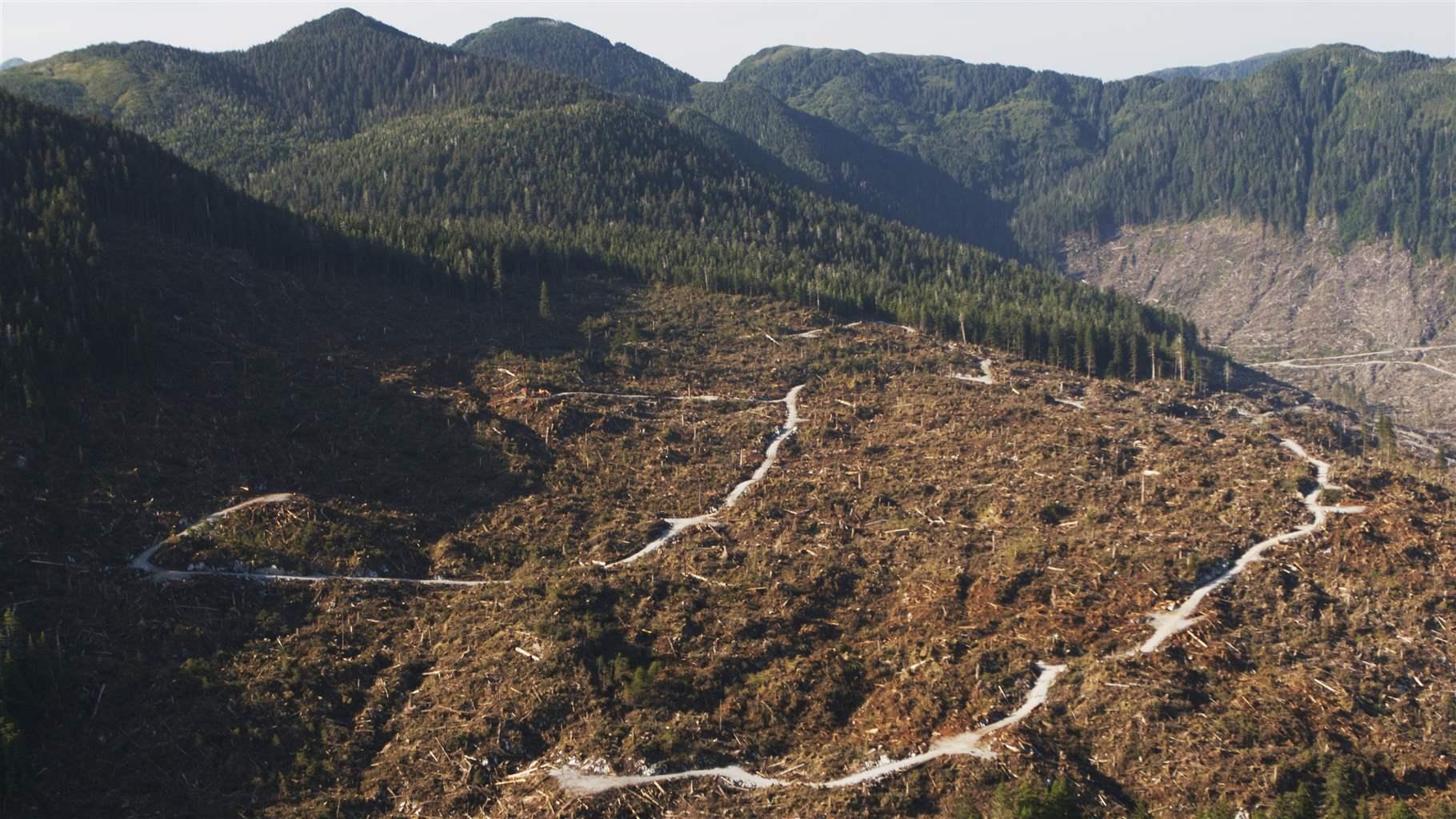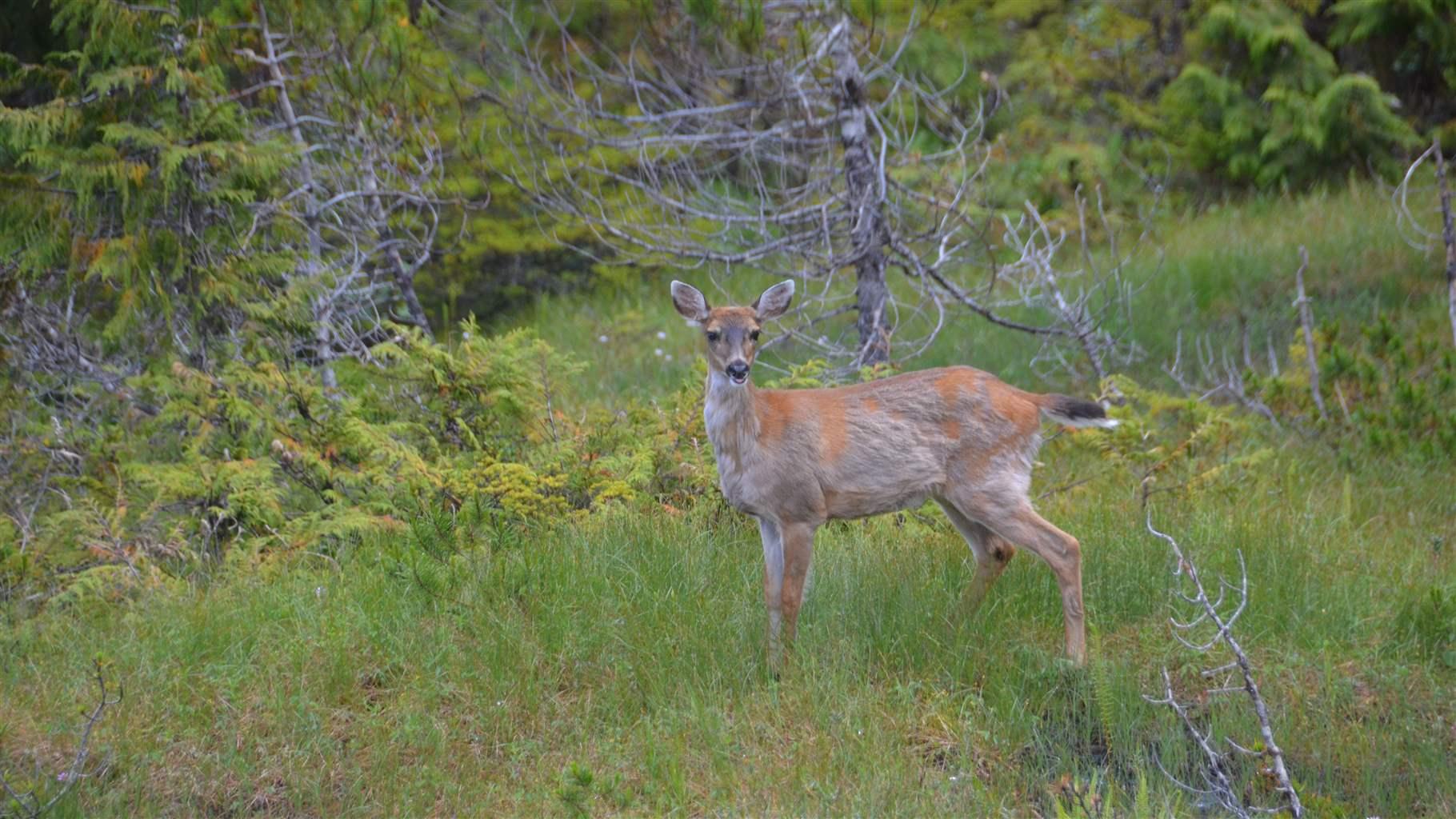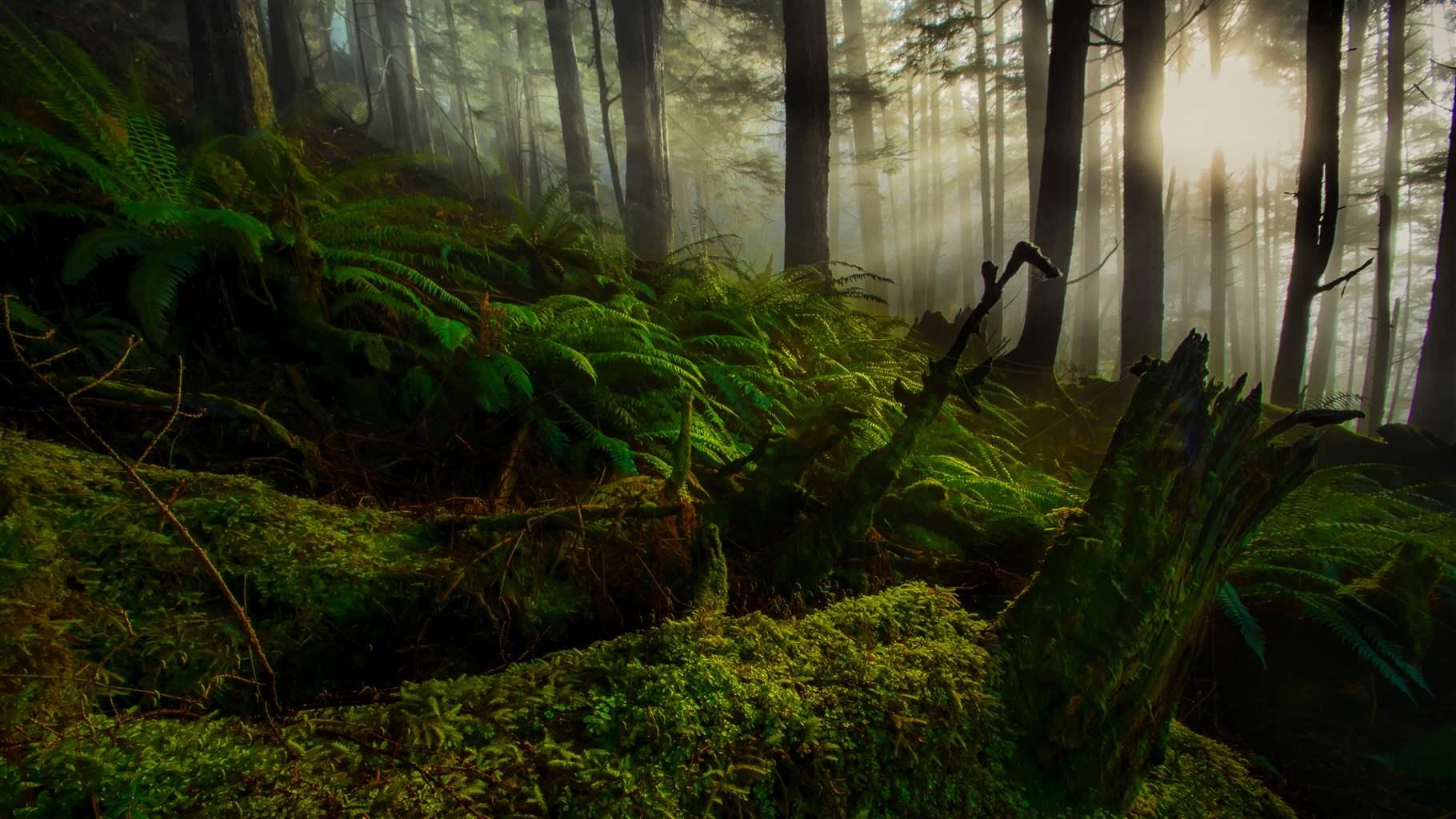Forest Service Set to Rule on Road Building in Tongass National Forest
Decision could hinder conservation on more than 9 million acres in southeast Alaska

In a few weeks, the Trump administration will make a final decision about the fate of one of the world’s last remaining temperate forests. The Tongass National Forest in Alaska, the largest national forest in the U.S., is slated to lose key protections for more than half of its 16.7 million acres. Specifically, the U.S. Forest Service has proposed exempting 9.2 million acres from the 2001 Roadless Area Conservation Rule, a move that would allow more commercial logging and construction of new logging roads in areas that now have no roads or other development. The agency is moving ahead with this decision, despite opposition from a majority of Alaskans, Southeast Alaska Native tribes, salmon fishers, outdoor recreation and tourism businesses, and nearly a quarter of a million people from across the country who submitted comments to the Forest Service.
The roadless rule is one of America’s most significant conservation accomplishments. The Forest Service rule set aside more than one-third of the roadless lands it manages to preserve their pristine watersheds, intact wildlife habitat, and recreation value. The policy was developed to reduce the fiscal and environmental impacts of road construction, which subsidized industrial logging across the 190 million-acre national forest system but cost taxpayers millions of dollars and, in some cases, significantly degraded ecosystems. As the nation’s largest national forest, the Tongass was the most important beneficiary of these protections.
But in early 2018, the state of Alaska put those protections in jeopardy by petitioning the Forest Service to eliminate roadless area protections in the Tongass to increase logging and other development. Following a personal appeal from Alaska Governor Mike Dunleavy, President Donald Trump directed Agriculture Secretary Sonny Perdue, who oversees the Forest Service, to exempt the Tongass from the roadless rule. This action preordained the outcome regardless of what the Forest Service’s scientific review process revealed through the legally mandated environmental impact statement.
As the Forest Service is preparing its Final Environmental Impact Statement, broad stakeholder participation in the rulemaking has been constrained by the COVID-19 pandemic. The eight tribes that have been granted cooperating agency status in the Forest Service’s decision-making process stated in an April 27 letter to Secretary Perdue that they’re overwhelmed by the COVID-19 emergency and unable to devote the time and attention to meaningfully participate in the Tongass rulemaking. The tribes have asked the Forest Service to stop work on its rulemaking for the Tongass National Forest roadless rule during the emergency. They also called on the Forest Service to maintain roadless protections to conserve the traditional habitat essential to tribes for “subsistence food and cultural identity.”
There are numerous reasons the agency should maintain the rule as it stands. Taxpayers for Common Sense, an independent nonprofit group, reports that a Forest Service-operated timber sales program in the Tongass “has generated huge net losses for the agency,” costing taxpayers nearly $600 million over the past two decades. The benefit to the local economy has been minimal. Data from the regional development organization Southeast Conference shows that timber provides just under 1% of southeastern Alaska’s jobs, compared with 8% for seafood processing and 17% for tourism—two industries that studies show would be negatively affected by the proposed rule change.
In a recent opinion piece, Craig Shirley, biographer of former President Ronald Reagan, and Frank Donatelli, Reagan’s former political director, wrote, “In the wake of the passage of the $2.2 trillion and $484 billion stimulus packages, it seems Americans will need every penny moving forward to regain our economic stability. Yet, lifting the protections of the roadless rule will only deepen economic loss. Is now the time for America to be gambling or taking risks that history shows us are money losers for the taxpaying public?”
Data also shows strong public support for maintaining roadless protections in the Tongass. Of the 248,520 comments submitted to the Forest Service, the agency analyzed nearly 16,000 unique comments and found that 96% favored retaining roadless protections, and fewer than 1% supported a full exemption.
A statewide poll of Alaska registered voters conducted in January by Baselice & Associates and commissioned by Citizens for the Republic found that a plurality (49%) of Alaskans oppose exempting the entire Tongass National Forest from the roadless rule; 43% were in favor. Nationally, earlier polling found that 75% of the general public favors the roadless rule and that 59% believes that states should not be exempted from this national policy.
Although the numbers—scientific, economic, and public opinion—support continued protections for the Tongass National Forest, these lands remain at great risk from new road building and industrial development. The agency should withdraw its proposal and continue preserving the wild, roadless forests of the Tongass for current and future generations.
Ken Rait is a project director for The Pew Charitable Trusts’ U.S. public lands and rivers conservation program.













